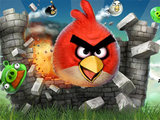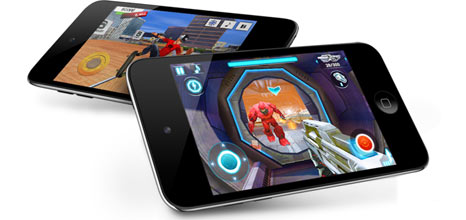
Mobile phones have come a long way since the unsightly bricks of the 1980s. The sleek handsets of today are a fraction the size of their ancestors, yet exponentially more powerful. While the implications for communication have been profound, there have been many other applications for this technology. Modern devices are capable of supporting increasingly complex software, innovative interfaces and networking capabilities, and the gaming sector has been one of the biggest benefactors of this.
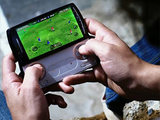
The first mobile phone game to find a worldwide audience was Nokia's Snake, which came preinstalled on its 6110 model in 1997. Like all mobile phone titles of its generation, this maze negotiation affair consisted of nothing more than a few animated dots and lines, yet it was arguably the most addictive handheld title since Tetris on Game Boy. Despite its minimalist approach, Snake changed cell phone functionality forever. A slew of similar games followed, but programmers were severely hampered by the hardware of this generation. There was only so much that could be done with monochrome and a numeric keypad interface, but some developers maximised the potential of these specs, delivering card games, shooters and even racers.
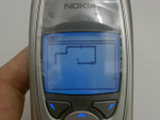
WAP soon gave way to services such as J2ME, BREW and Nokia's own Series 40 and Series 60 operating systems. These platforms enabled significantly more complex programmes to be distributed to handsets, catching the attention of major gaming studios. Around the turn of the millennium, colour handsets flooded the market, replete with Java and flash support and more robust online capabilities. Studios such as Sega, Namco, THQ, EA and Gameloft leaped upon this untapped resource, developing exclusive content for mobile phone users. Early colour titles - such as Tetris, Pac-man and various other puzzlers - still looked primitive compared to mainstream handheld consoles of the day, but bigger and better things were just around the corner.
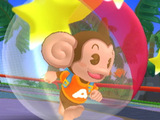
In 2003, Nokia attempted to bridge the gap between mobile phones and gaming devices with the launch of the N-Gage. Based on the Nokia Series 60 platform, the device was launched as an attempt to lure gamers away from the Game Boy Advance. Despite being considerably more powerful and offering communication and online support, the system was a commercial failure. Support from major franchises including Tomb Raider, Call Of Duty and Sonic The Hedgehogdidn't change the fact that the console's buttons were poorly suited for gaming and its design clunky and unappealing. However, the N-Gage did attract a cult following and is something of a collector's item today. Moreover, the online service that Nokia launched to back the device was ahead of its time. Many of its services were integrated into the firm's Ovi Store in the ensuing years.
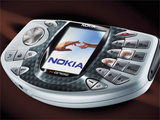
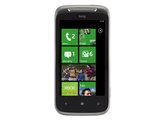
The iPhone isn't the only smartphone equipped for gaming. The likes of Google's Nexus One, Motorola's DEXT, Microsoft's Windows 7 Phone and Samsung's Galaxy line are equally capable of handling high-end titles as Apple's device. The unveiling of the Android software stack and the Android Market in 2008 opened up new possibilities for programmers, offering more flexibility than Apple's store since developers could distribute their games via any platform they desired. Last December the Android Market reached the 200,000 app milestone.
